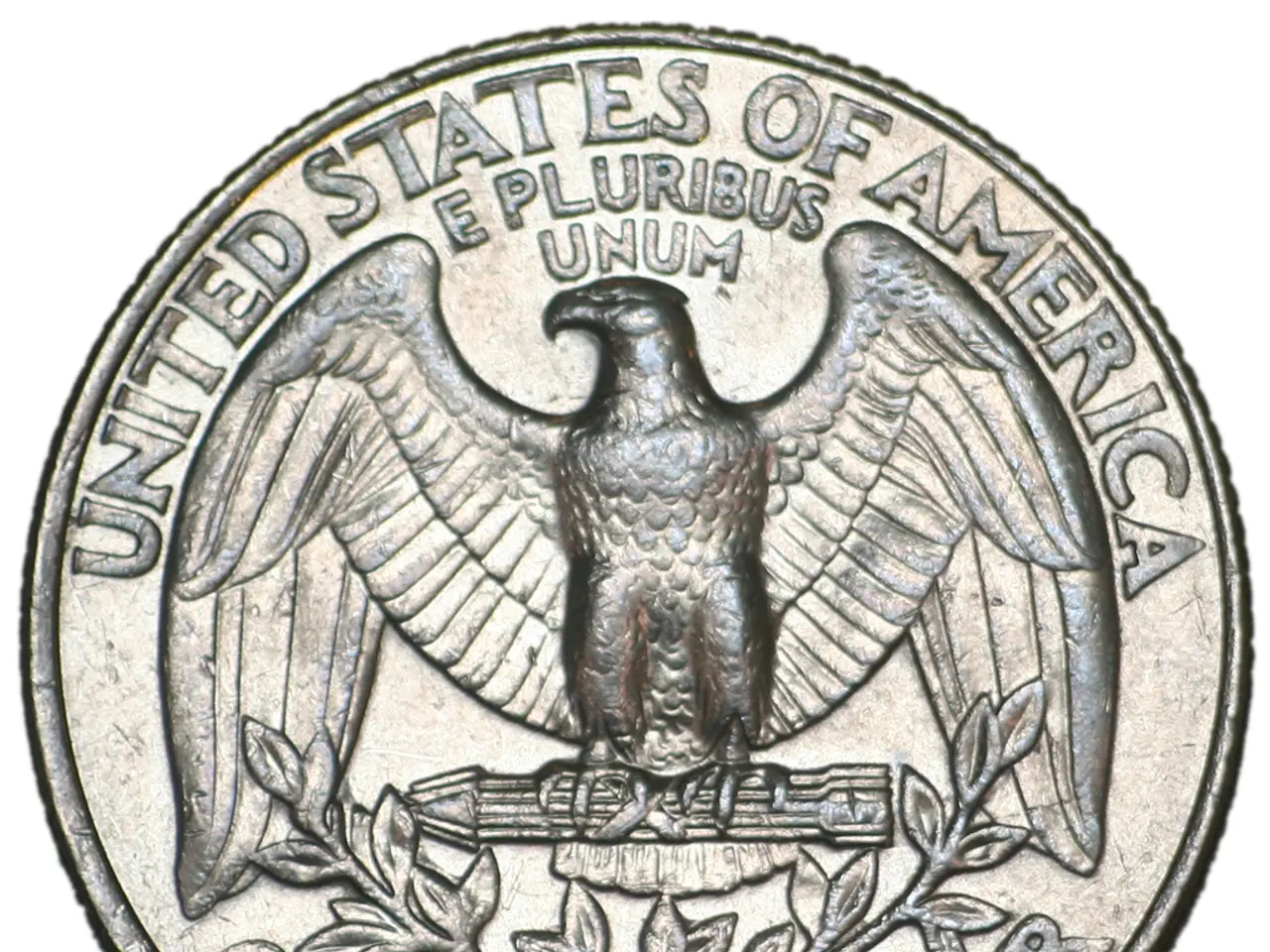Current 30-Year Fixed Mortgage Rates Drop by 2 Basis Points on July 18, 2025
High Mortgage Rates Persist Through 2025 Amid Economic Uncertainties
Mortgage rates have remained above 6% throughout 2025, a trend primarily driven by persistent inflation concerns, high national debt, and the Federal Reserve's cautious monetary policy.
According to several respected institutions, including Fannie Mae and the Mortgage Bankers Association (MBA), mortgage rates are expected to stay elevated through 2026. Fannie Mae forecasts mortgage rates to drop modestly, reaching around 6.5% by the end of 2025 and further to approximately 6.1% by the end of 2026.
The Federal Reserve's monetary policy has kept benchmark interest rates steady at 4.25%-4.5% in 2025. However, the Fed's prognosis for a gradual reduction to near 2.25%-2.5% by 2027 is optimistic but will take time to materialize.
Adjustable Rate Mortgages (ARMs) have been on the rise, with 5-year ARM rates for both purchases and refinances exceeding 7.9%. On July 18, 2025, these rates were at around 7.93% (purchase) and 8.14% (refinance). Similarly, 30-year fixed refinance mortgage rates rose to 7.21% on the same date. Government-backed 30-year fixed FHA rates currently stand around 7.74%.
VA loans tend to offer lower rates, with 30-year fixed VA loans averaging around 6.38%.
Economic indicators suggest that inflation will continue to put pressure on interest rates. As of recent BLS data, inflation, as measured by the Consumer Price Index (CPI), increased by 2.7% annually. Tariffs have also modestly pushed up prices of goods like furniture and appliances.
Political context has not swayed the Fed's cautious approach to rate reductions. Economic and political uncertainties, as well as structural changes such as privatization of mortgage agencies, have raised lender risk and thus mortgage rates.
Investors seeking cash-flowing investment properties in strong rental markets may find assistance from companies like Norada.
Looking ahead, GDP growth is forecast at a slower 1.4% with rising unemployment to 4.5%. Additionally, 15-year fixed mortgage and refinance rates have increased to 5.95% and 6.03%, respectively, on July 18, 2025.
In summary, sustained high mortgage rates above 6% in 2025 result from inflation fears, large federal deficits, Federal Reserve monetary tightening, and market uncertainties. Forecasts suggest a modest easing of rates through 2026, but risks of continued elevation remain.
- Persistent high mortgage rates have made realestate investment more challenging, affecting the growth of the realestate market.
- Investors might consider financing their investments in the rental market through turnkey solutions to secure deals in spite of the current high mortgage rates.
- The financing options offered by companies like Norada can provide a means for investors to capitalize on investing in business ventures, such as rental properties.
- The growth of a business, like a rental property, may help balance the risk associated with high mortgage rates and finance investing in such ventures.
- Inflation and market uncertainties have resulted in mortgage rates hovering above 6%, making financing adjustable rate mortgages (ARMs) and 15-year fixed mortgages more expensive for both purchases and refinances.
- Despite the economic uncertainties, the growth of the economy is projected at a slower pace with rising unemployment, affecting the overall growth potential for investment properties in strong rental markets.




